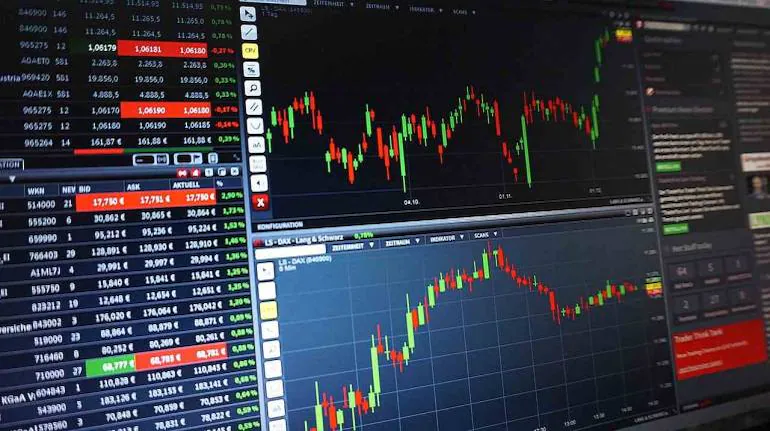For investors with a high tolerance for risk, understanding the role of volatility can be essential in successfully navigating an uncertain marketplace. Volatility measures market instability determined by price movements over a given period– like day-to-day or hourly shifts in stock prices or even shifting currencies.
Investing in options carries risks due to their volatility, as one big move late in the option’s life could drastically change potential profitability. To understand how to create and maintain an optimised portfolio, newcomers and experienced traders alike must first recognise that despite being unpredictable, there are still ways to navigate through these highly volatile markets safely.
What Volatility Is and How to Measure It
Volatility is a crucial aspect of measuring risks in the investment world. It refers to the degree of fluctuation in the market prices of an asset, such as stocks, commodities, and currencies. Measuring volatility helps traders and investors estimate the potential action in the market and analyse the potential gains or losses. Options, which are traded on the market, depend on volatility levels to determine their prices.
A higher volatility raises the chances of options moving in the money, thereby leading to an increase in premium value. On the other hand, lower volatility levels may make options less desirable and lead to a decrease in their prices. Hence, understanding and measuring volatility are fundamental concepts for anyone wishing to succeed in investment and trading.
Types of Volatility – Historical, Implied, and Realised
There are three main types of volatility that traders and investors should be aware of: historical, implied, and realised. Each type has unique characteristics and plays a crucial role in options trading.
Historical volatility (HV) is calculated by using past market data to determine the degree of price change in an asset. It is typically expressed as a percentage and helps provide an understanding of how much the price of an asset has moved in the past. This type of volatility can help traders identify potential risks associated with a particular stock or commodity.
Implied volatility (IV) is derived from option prices and reflects the market’s expectations for future volatility. It is calculated using an option pricing model, such as Black-Scholes, and is influenced by supply and demand and market sentiment. IV is a crucial factor in determining the price of options.
Realised volatility (RV) measures the actual price movements of an asset over a specific period. This type of volatility is essential for traders who want to compare their expectations with the true market performance. By comparing RV with HV and IV, traders can assess the accuracy of their predictions and make more informed decisions.
Understanding Risk-Reward Ratios in Options Trading
One of the critical factors to consider when trading options is the risk-reward ratio. This ratio measures the potential return of an option against its possible loss and can help traders assess whether the trade is worth taking. Options with a higher risk-reward ratio may offer greater returns but also come with higher risks. At the same time, options with lower ratios may have lower risks but also lower potential returns.
In highly volatile markets, options with higher risk-reward ratios are more common as the potential for significant price movements increases. However, it is essential to note that high volatility also means increased risks and a higher likelihood of losses. Therefore, traders must carefully assess their risk tolerance and choose options accordingly.
Strategies for Managing Volatility and Minimising Losses
To manage volatility and minimise potential losses in options trading, there are a few key strategies that traders can employ. These include diversification, hedging, and using stop-loss orders. Diversification involves spreading investments across different asset classes and industries. It helps reduce risk by not putting all eggs in one basket. By diversifying, traders can lower the impact of volatility on their overall portfolio.
Hedging involves using options to protect against potential losses in other positions. For example, if a trader holds stocks in a company but is worried about market volatility, they can purchase put options as insurance. If the stock price falls, the trader can exercise the put option and sell at a higher strike price, minimising losses.
Stop-loss orders are another valuable tool for managing risk in volatile markets. These orders automatically sell an asset if it reaches a predetermined price, allowing traders to limit their losses and protect their capital.
Critical Takeaways for Navigating Market Uncertainty with Options Trading
Volatility is a critical factor in options trading, and understanding its role is crucial for success. Traders must learn to measure volatility and know the different types: historical, implied, and realised. They must also consider risk-reward ratios when making trades and employ strategies such as diversification, hedging, and using stop-loss orders to manage volatility and minimise losses.
In the end, navigating through highly volatile markets requires patience, risk management, and a thorough understanding of options trading principles. So, it is essential to continuously educate oneself about market trends and incorporate effective strategies to mitigate risks and potentially maximise returns in the ever-changing investment landscape.








